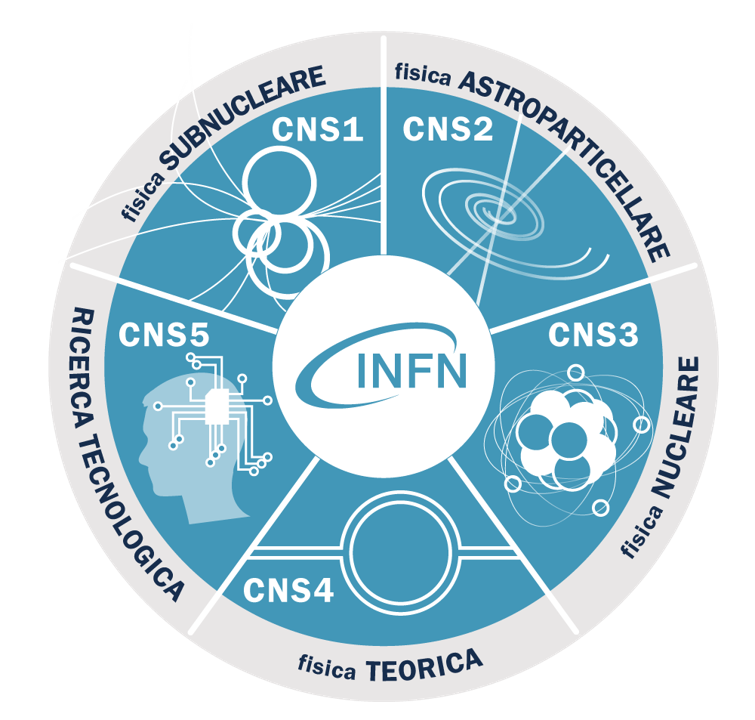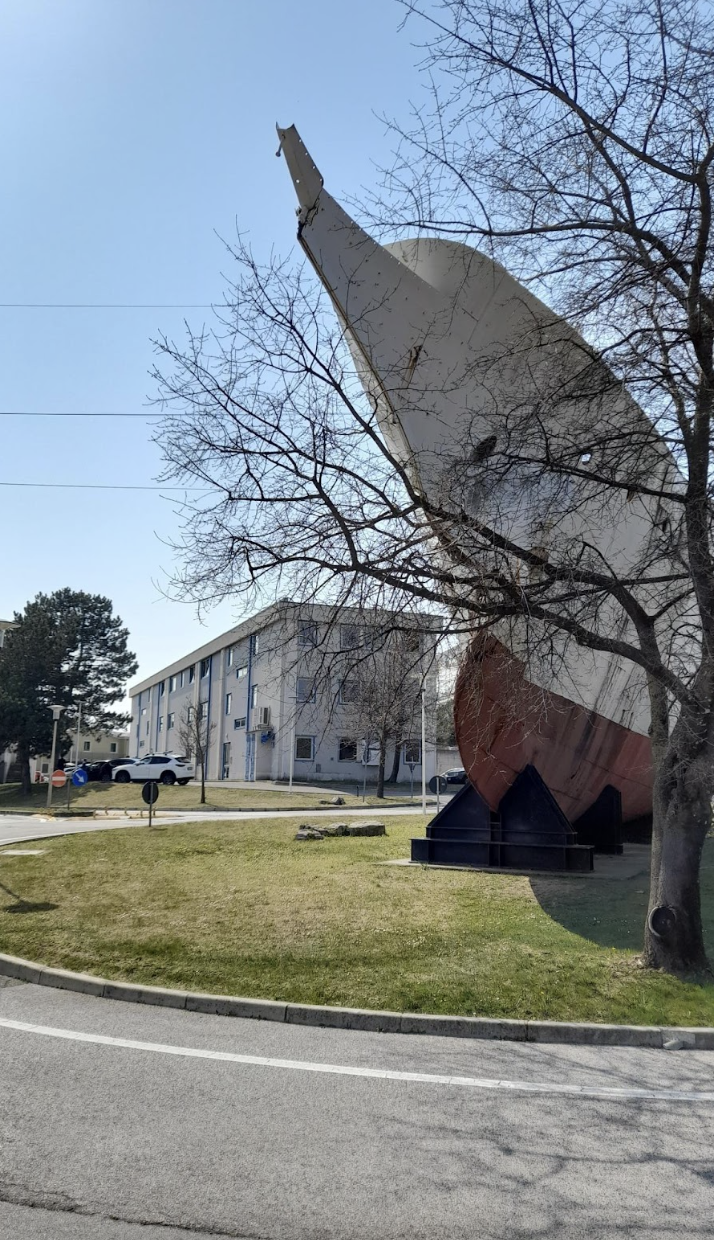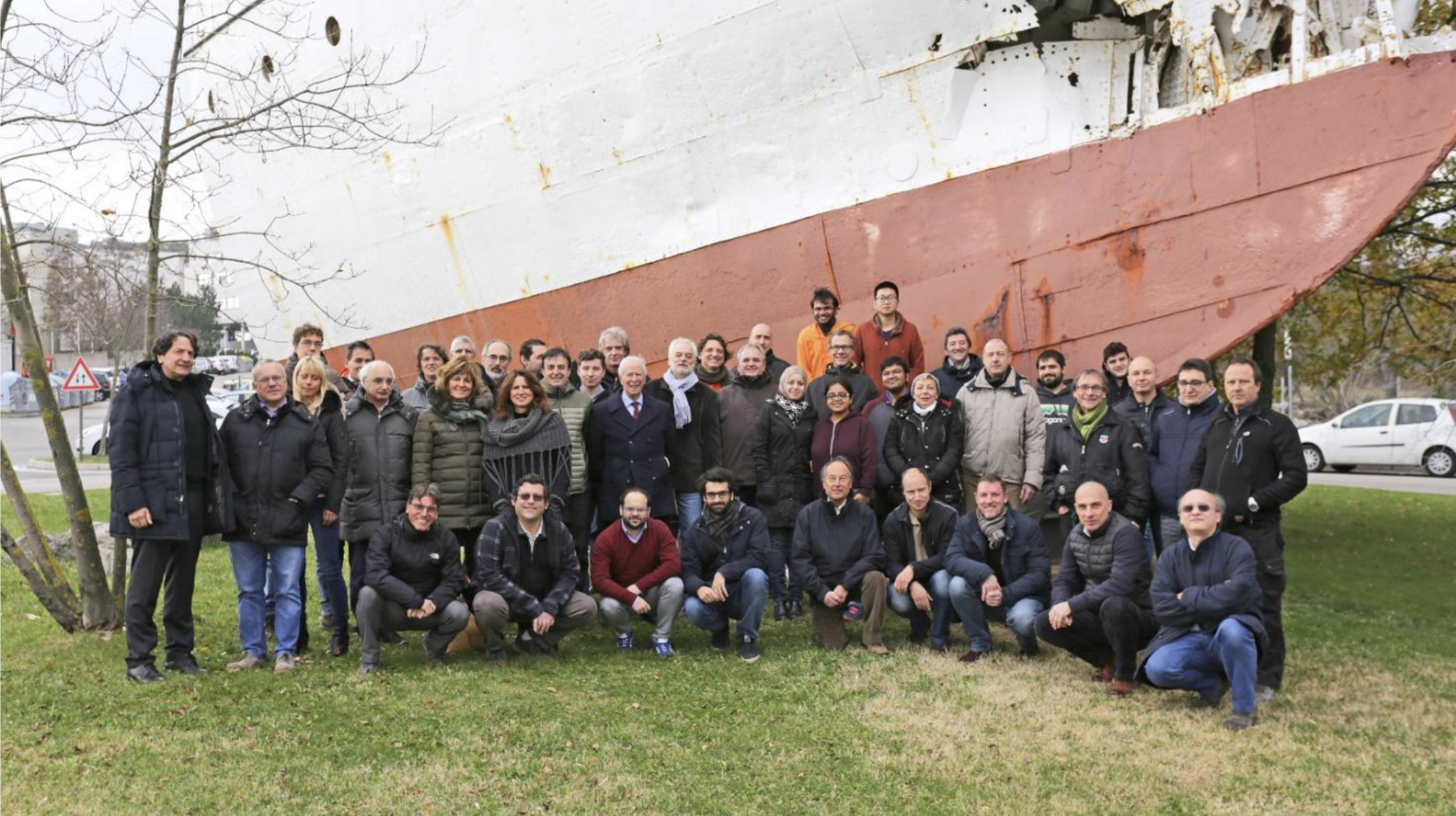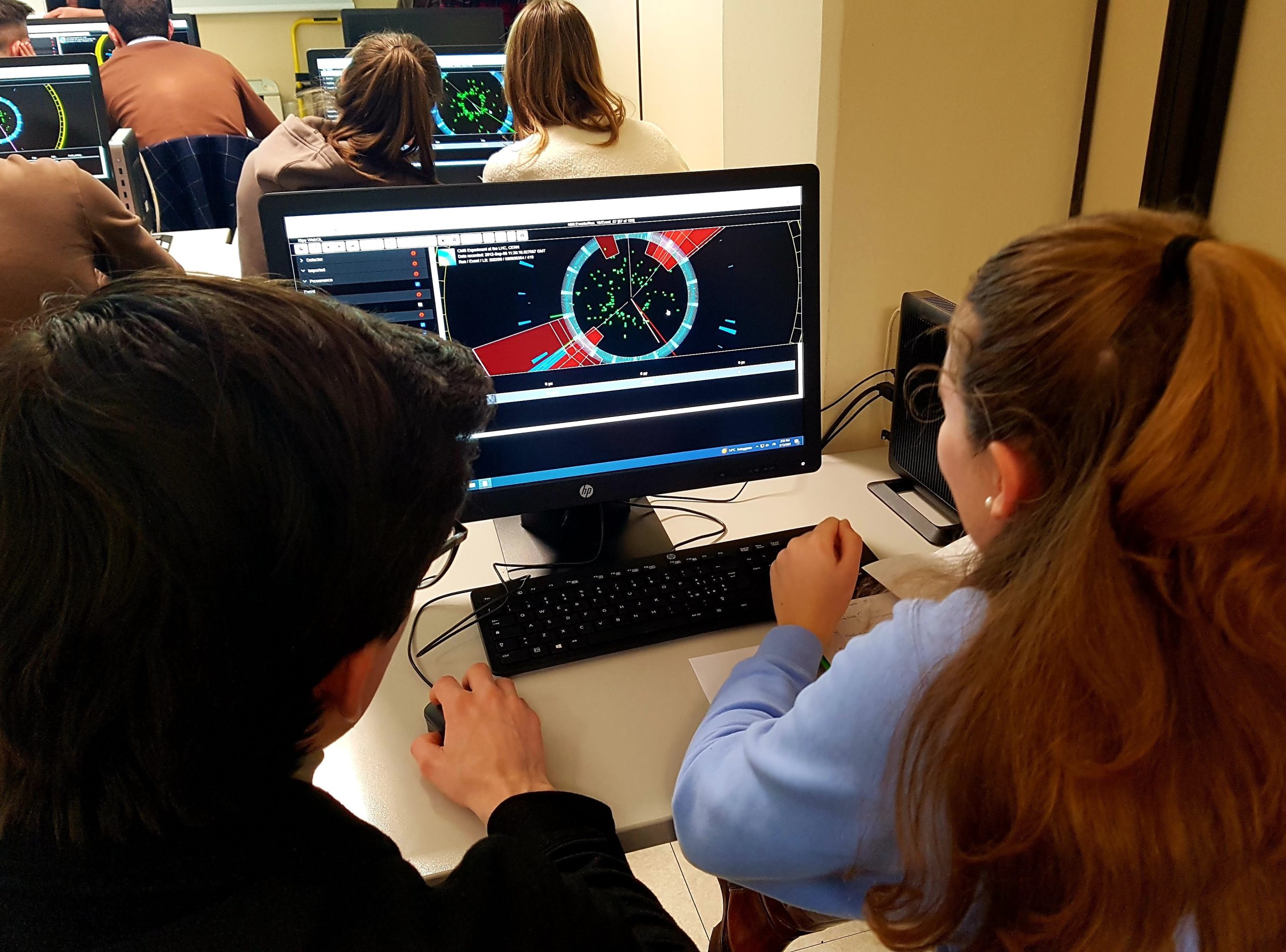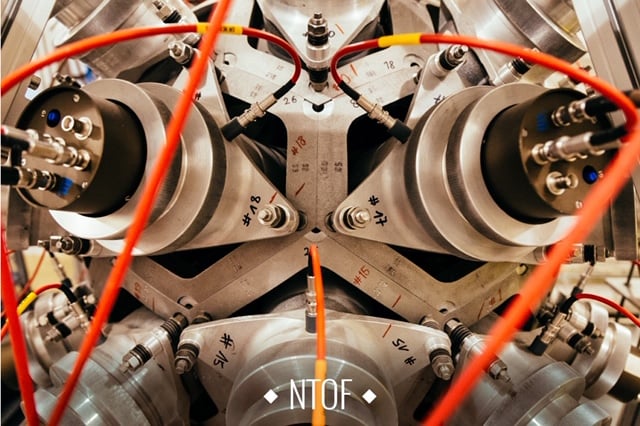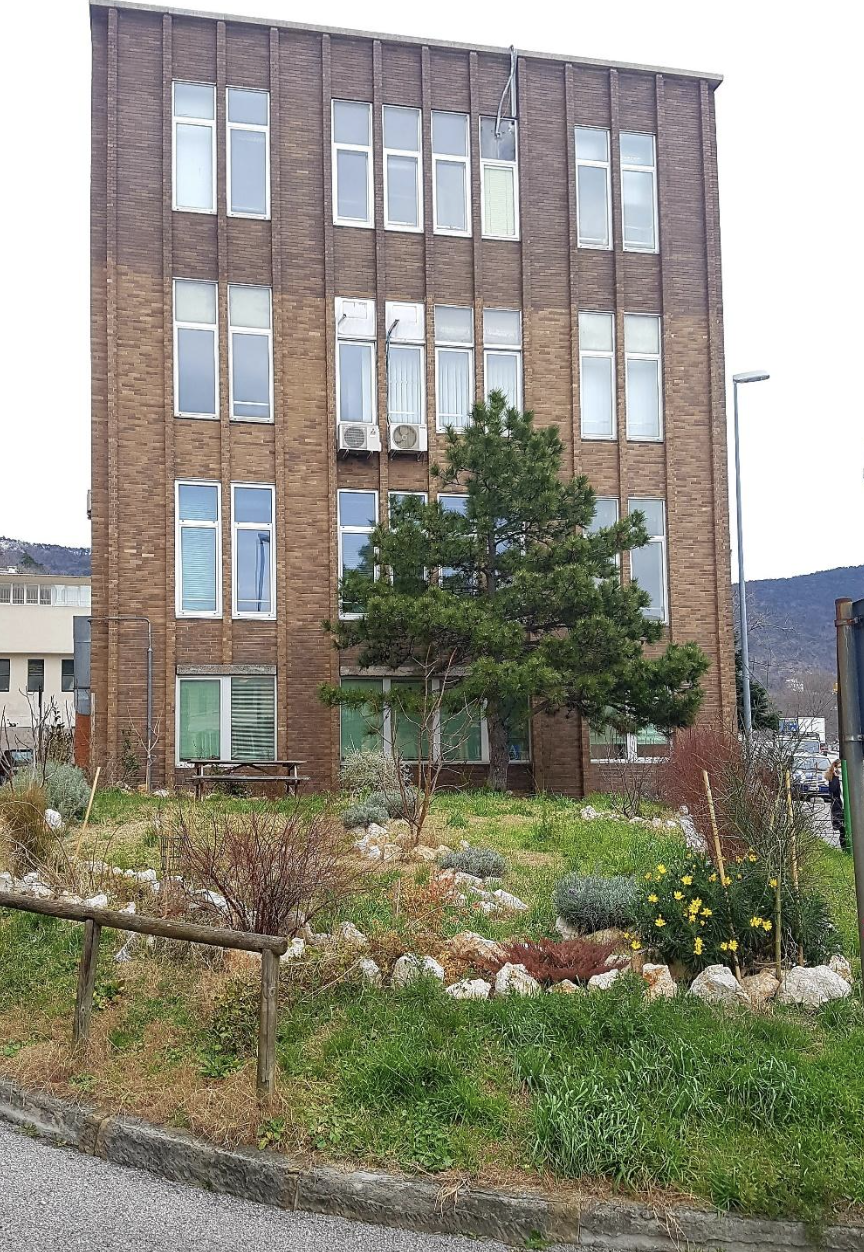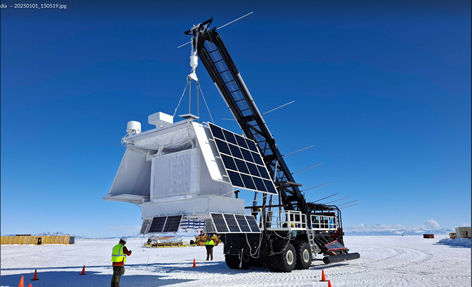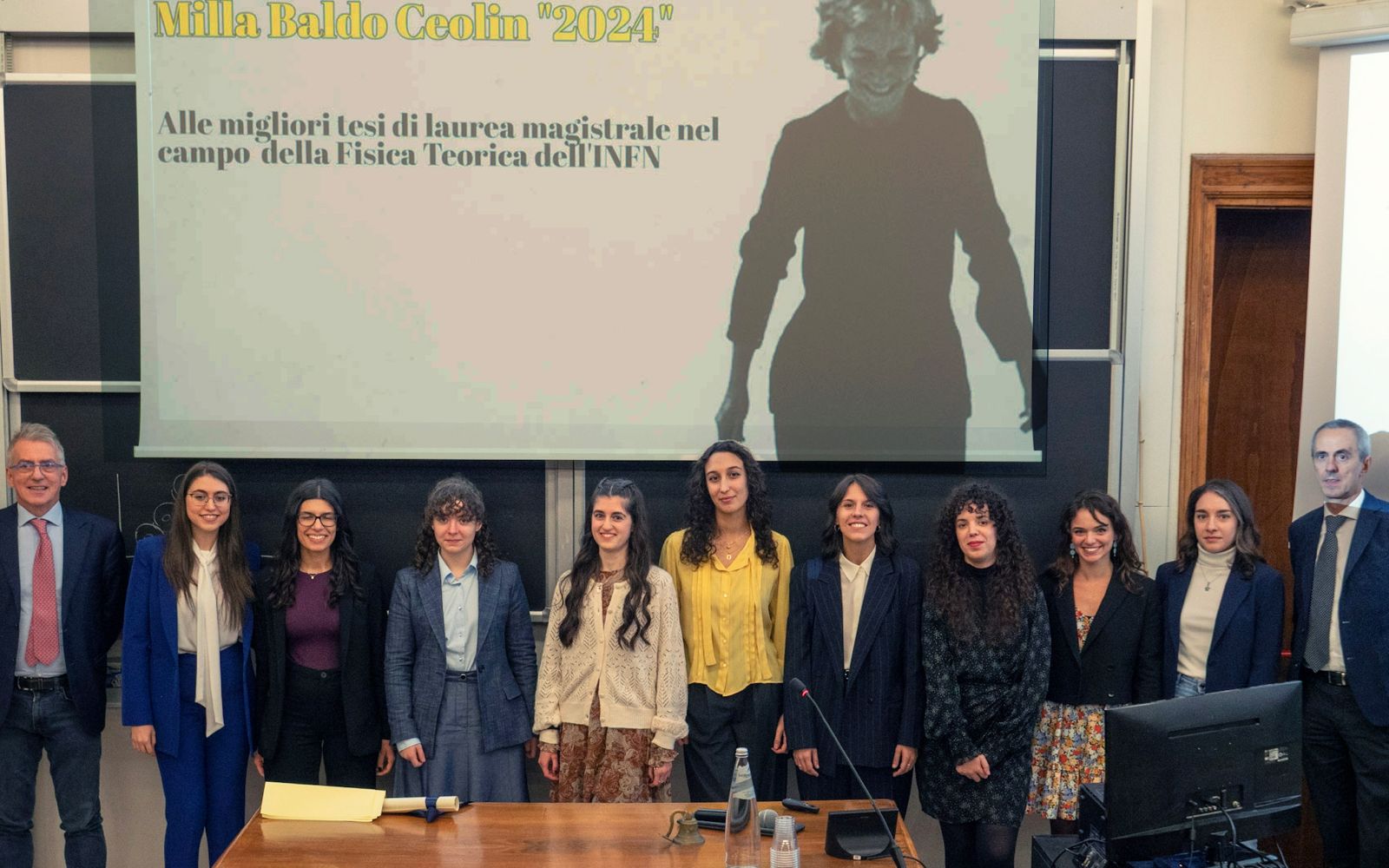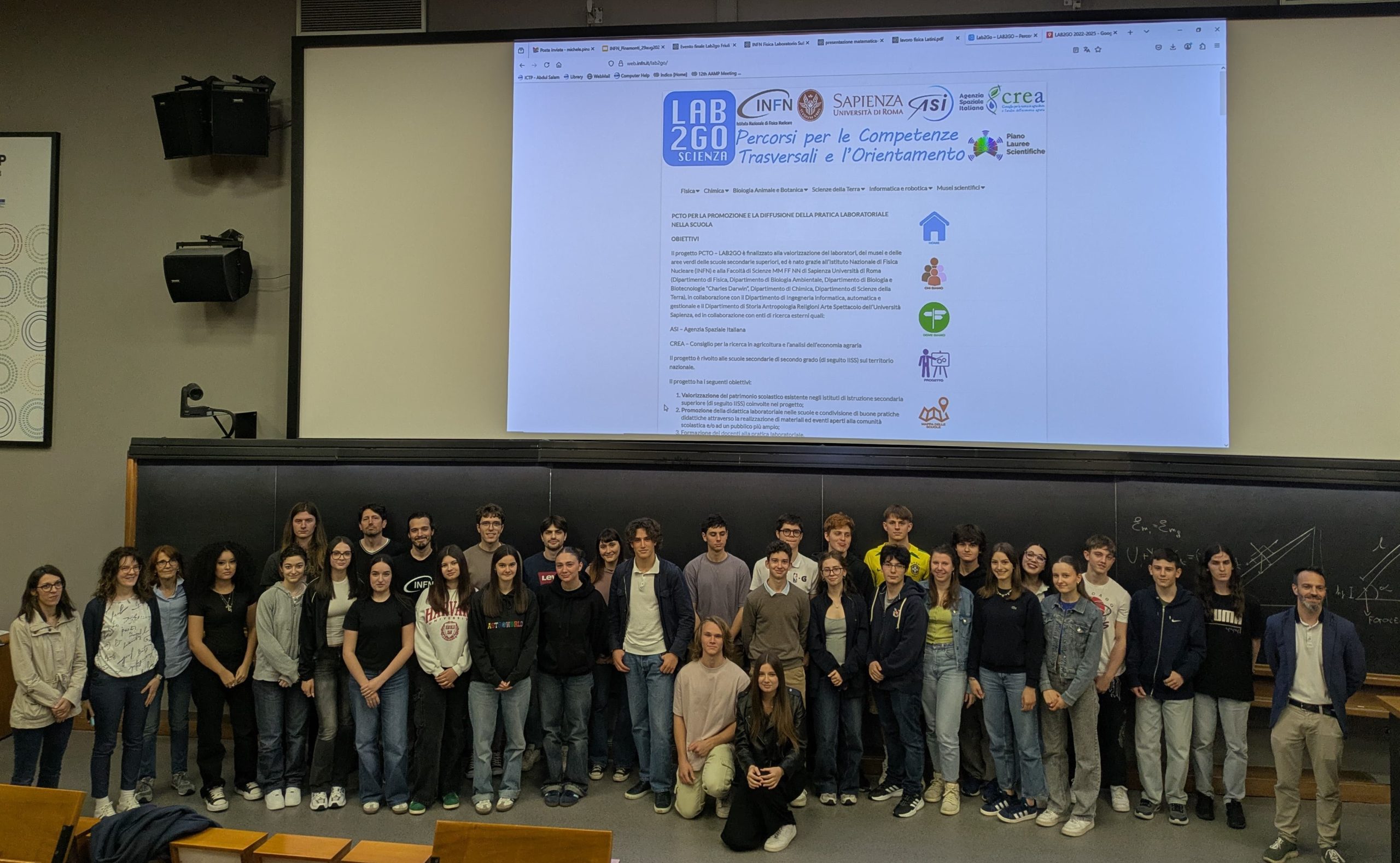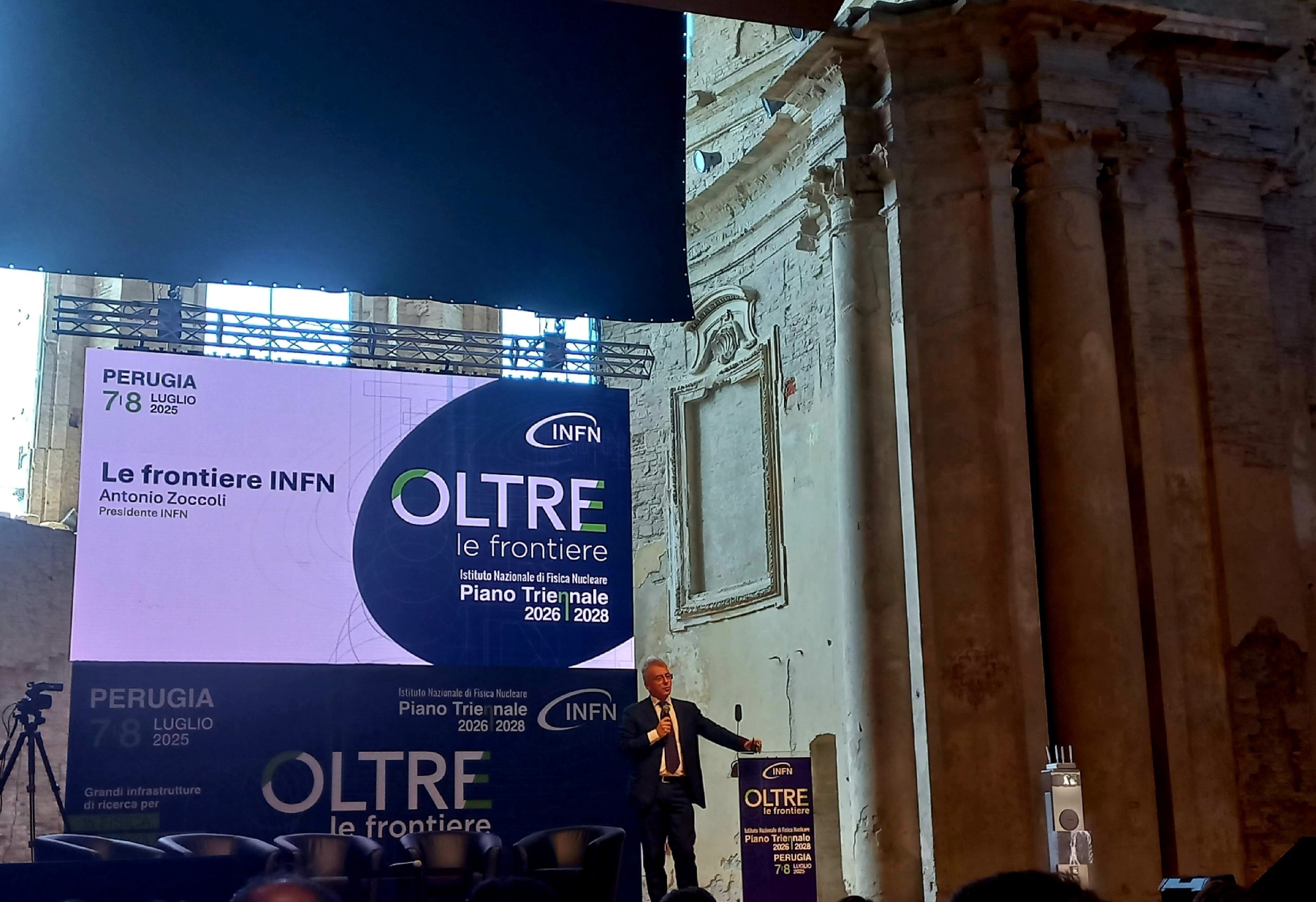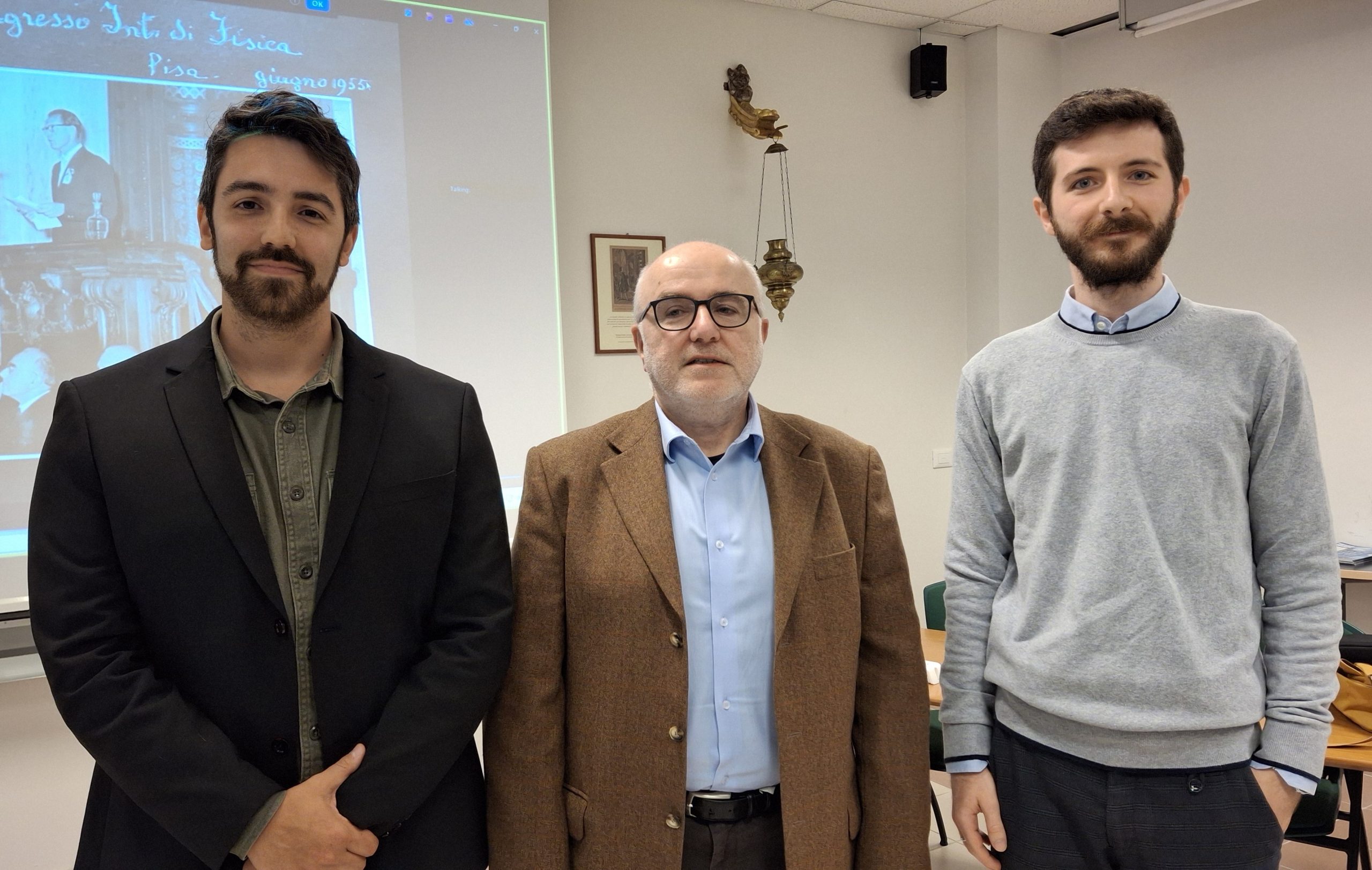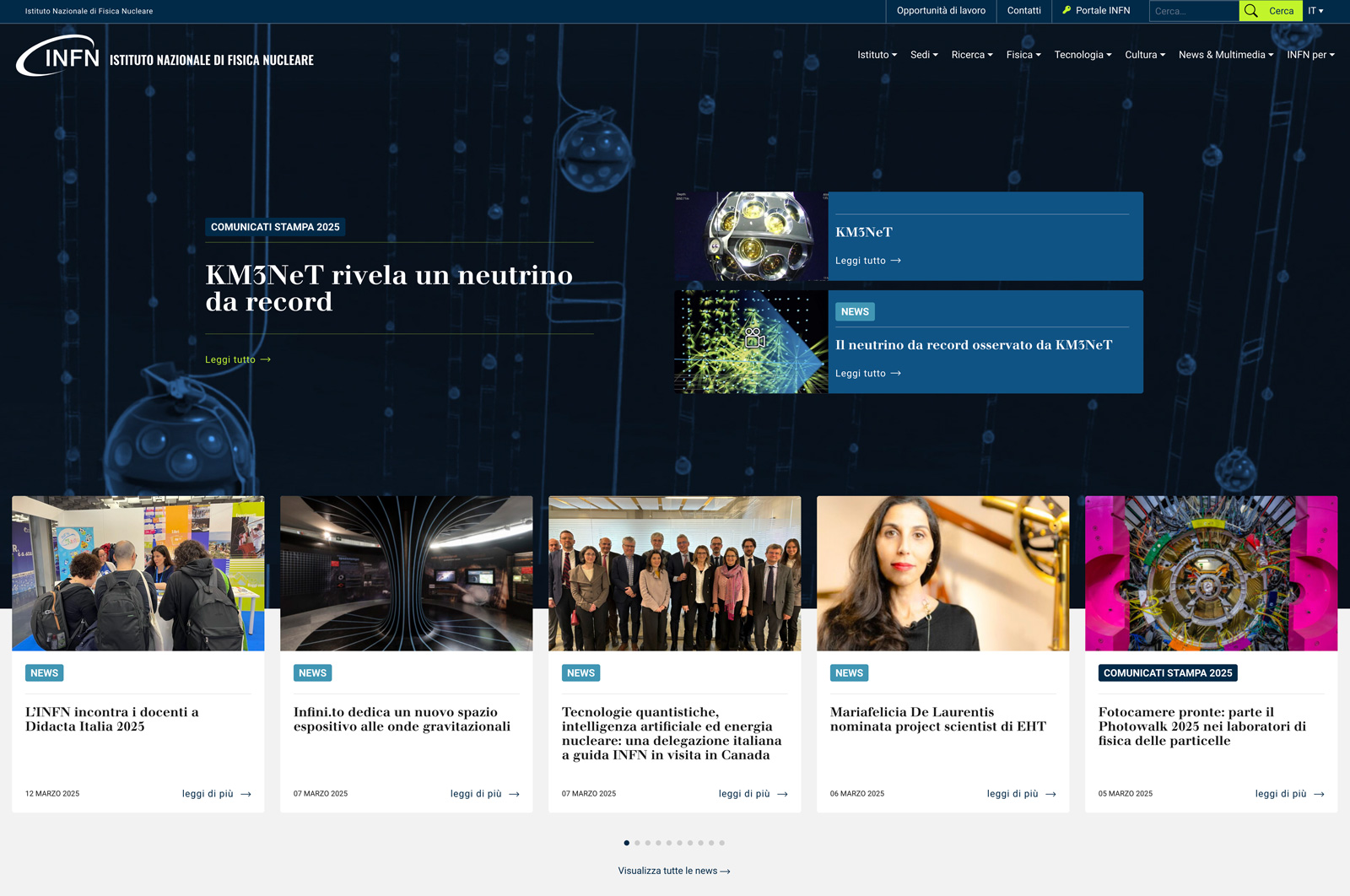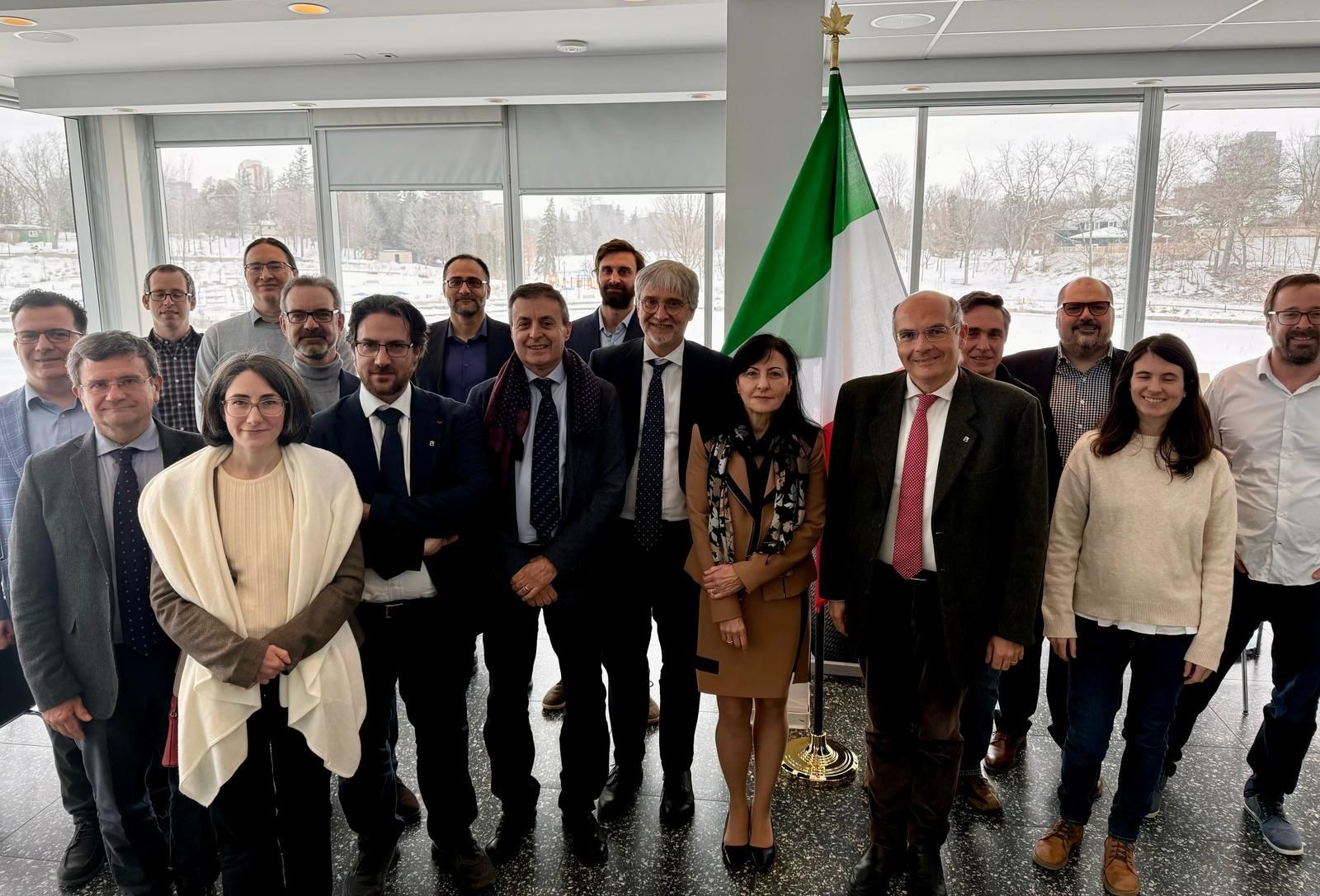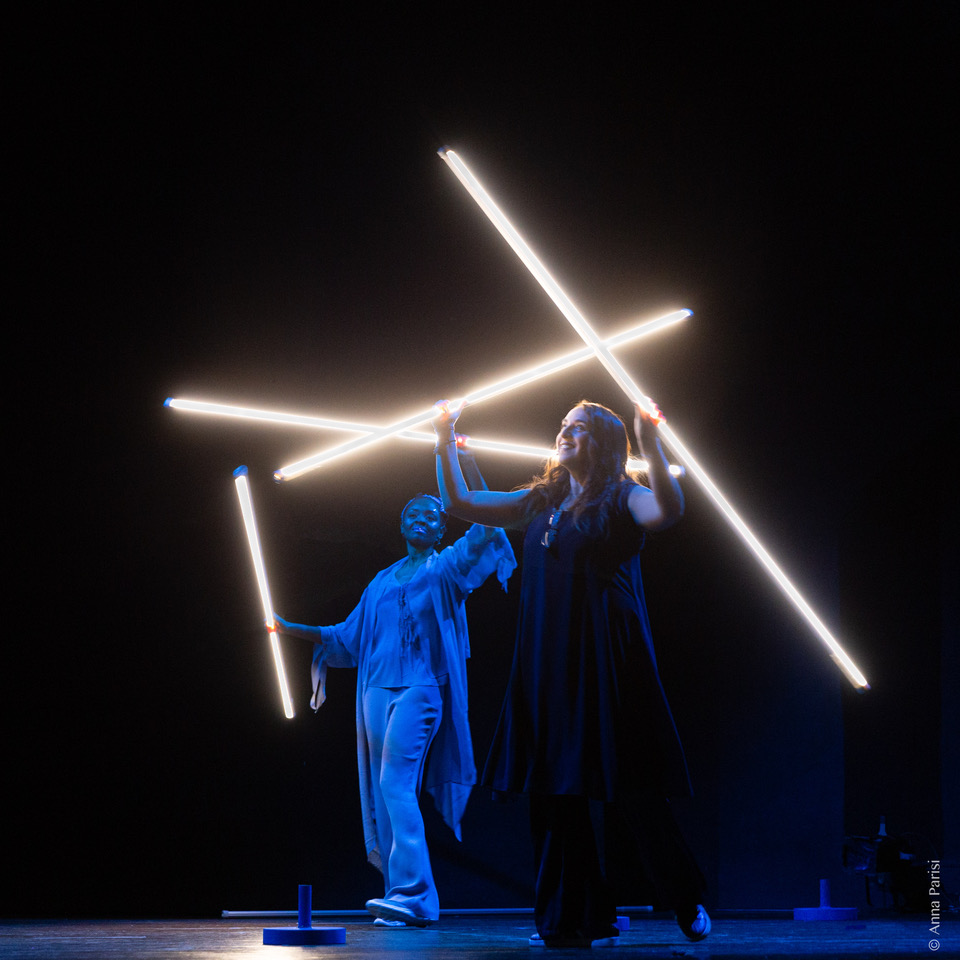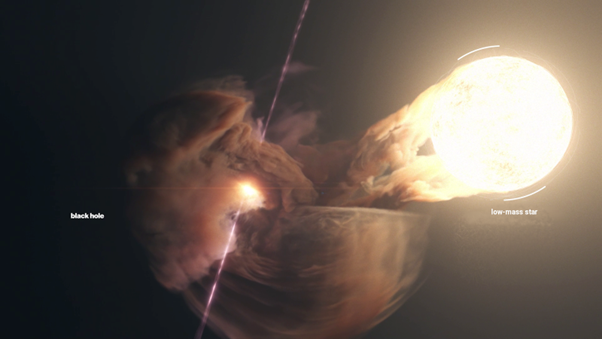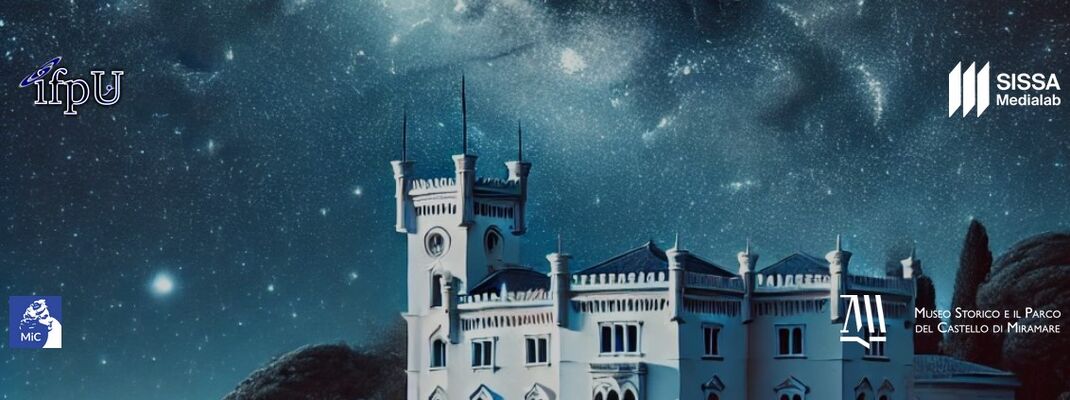

INFN – Istituto Nazionale di Fisica Nucleare (Sezione di Trieste)
L’INFN è l’ente pubblico nazionale di ricerca dedicato allo studio dei costituenti fondamentali della materia e delle leggi che li governano. Svolge attività di ricerca, teorica e sperimentale, nei campi della fisica subnucleare, nucleare e astroparticellare. Le attività di ricerca dell’INFN si svolgono tutte in un ambito di competizione internazionale e in stretta collaborazione con il mondo universitario italiano, sulla base di consolidati e pluridecennali rapporti. La ricerca fondamentale in questi settori richiede l’uso di tecnologie e strumenti di ricerca d’avanguardia che l’INFN sviluppa sia nei propri laboratori sia in collaborazione con il mondo dell’industria.
L’Istituto promuove inoltre il trasferimento delle competenze, delle metodologie e delle tecniche strumentali sviluppate nell’ambito della propria attività verso campi di ricerca diversi quali la medicina, i beni culturali e l’ambiente. L’attività dell’INFN si basa su due tipi di strutture di ricerca complementari: le Sezioni e i Laboratori Nazionali. Le Sezioni hanno sede in dipartimenti universitari e realizzano il collegamento diretto tra l’Istituto e le Università.
La Sezione INFN di Trieste è una delle 20 Sezioni INFN presenti sul territorio nazionale. I ricercatori e le ricercatrici della Sezione lavorano presso il Dipartimento di Fisica dell’Università degli Studi di Trieste, presso i laboratori ospitati in Area Science Park a Padriciano, presso ICTP e SISSA. Alla Sezione di Trieste fa riferimento anche il Gruppo Collegato di Udine presso l’Università degli Studi di Udine. La ricerca che si svolge a Trieste copre tutti i campi di interesse dell’Ente e si segnala, in particolare, che il gruppo di fisica teorica della Sezione di Trieste è il più grande tra le Sezioni INFN.
I ricercatori e le ricercatrici della Sezione sono coinvolti in diversi progetti PNRR e il Direttore, dott. Valter Bonvicini, è referente INFN per NQSTI – National Quantum Science and Technology Institute.
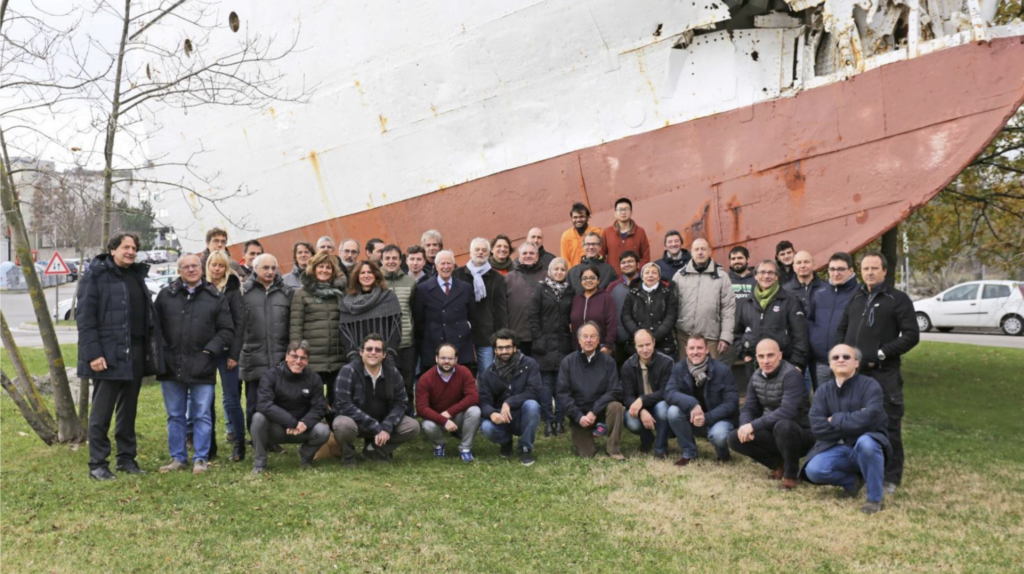
- L’attività dell’INFN si basa su due tipi di strutture di ricerca complementari: le Sezioni e i Laboratori Nazionali. I quattro Laboratori Nazionali, con sede a Catania, Frascati, Legnaro e Gran Sasso, ospitano grandi apparecchiature e infrastrutture messe a disposizione della comunità scientifica nazionale e internazionale. Della struttura complessiva attuale fanno anche parte: Il CNAF, il TIFPA, il GGI. INFN partecipa inoltre al consorzio EGO.
- Infrastrutture di ricerca PNRR a guida INFN: ETIC – Einstein Telescope Infrastructure Consortium, EUAPS – (EUPRAXIA ADVANCED PHOTON SOURCES), IRIS – Innovative Research Infrastructure on applied Superconductivity, KM3NeT4RR – KM3 Neutrino Telescope for Recovery and Resilience, LNGS-FUTURE – LNGS Facilities Upgrade To Unveil Rare Events, TeRABIT – Terabit Network for Research and Academic Big data in Italy.
- La Sezione INFN di Trieste ha 12 laboratori. Infrastrutture di ricerca: Laboratorio di Elettronica; Laboratorio di rivelatori di silicio; Clean Room; Computing Farm integrata in EGI (European Grid Infrastructure); Officina meccanica; Laboratorio di alta tecnologia; Laboratorio di microprocessori.
L’INFN è una importante realtà presente in cinque continenti e in oltre 30 paesi. Tra le tante attività internazionali è di primaria importanza quella che si svolge presso il CERN di Ginevra. Al CERN operano gruppi di ricerca INFN, per complessivi circa 1000 ricercatori, impegnati in tutti gli esperimenti condotti sia con l’acceleratore di particelle LHC che con l’acceleratore SPS.
L’INFN è molto impegnato anche nelle attività sperimentali che si svolgono presso altri grandi Laboratori all’estero come FERMILAB, SLAC, BNL, e JLAB (Stati Uniti); PNPI, BINP e JINR (Federazione Russa); CIAE e IHEP (Cina); RIKEN e KEK (Giappone); BARC (India), DESY e GSI (Germania), ESRF (Francia), PSI (Svizzera) ecc.
I ricercatori e le ricercatrici della Sezione di Trieste collaborano con i principali laboratori di Fisica delle Alte Energie nel mondo, quali CERN, DESY, SLAC, KEK, FermiLab, Brookhaven, Grenoble, GSI oltreché con INAF, ASI, ESA, NASA e con ISAS/JAXA.
In media, almeno cinque posizioni post-Doc vengono aperte ogni anno all’INFN di Trieste.
L’INFN supporta annualmente il Dottorato di Ricerca in Fisica dell’Università degli Studi di Trieste con due borse al 100%, e una borsa di studio per il Dottorato di Ricerca in Matematica e Fisica dell’Università degli Studi di Udine.
Facility per studenti e ricercatori stranieri
Il Servizio di Direzione della Sezione di Trieste, in stretta collaborazione con il Welcome Office FVG, si occupa delle pratiche amministrative che riguardano l’arrivo di studenti e ricercatori stranieri.
INFN può concordare l’utilizzo di alcuni posti presso la foresteria di Area Science Park Padriciano per il proprio personale.
Dott. Valter Bonvicini
Direttore Sezione INFN di Trieste
direttore@ts.infn.it
Istituto Nazionale di Fisica Nucleare – INFN Trieste
Sedi: Dipartimento di Fisica dell’Università degli Studi di Trieste e Palazzina L3 presso Area Science Park di Padriciano
